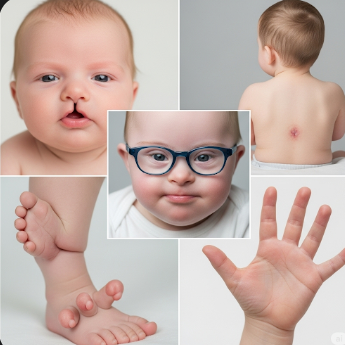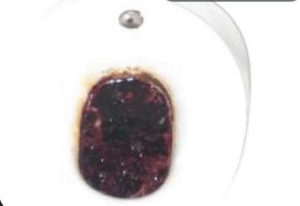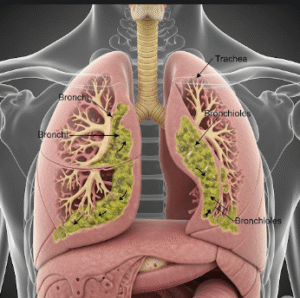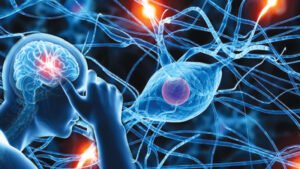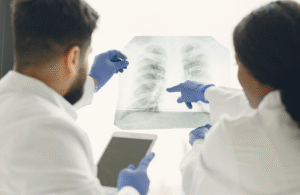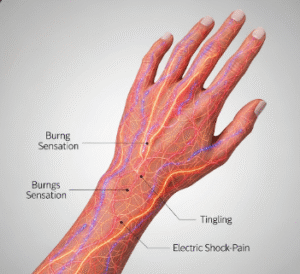Overview
Birth defects, also known as congenital anomalies, are structural or functional abnormalities present at birth that can affect physical appearance, organ function, or metabolism. They may range from mild, easily treatable conditions to severe, life-threatening disorders. Common birth defects include heart defects, cleft lip and palate, neural tube defects, and Down syndrome.
In Korea, advances in prenatal screening, genetic counseling, and neonatal care have significantly improved the detection, management, and outcomes for children with birth defects. Public health programs focus on prevention, early intervention, and support for families.
What are Birth Defects?
Birth defects can involve any part of the body, including the heart, brain, spinal cord, kidneys, limbs, and facial structures. They may be:
- Structural defects: Physical abnormalities such as cleft lip, clubfoot, or congenital heart malformations
- Functional or developmental defects: Problems with organ function, metabolism, or intellectual development, such as Down syndrome or metabolic disorders
The causes of birth defects are complex and may involve genetic, environmental, or unknown factors. Some defects are inherited, while others result from external exposures or complications during pregnancy.
Symptoms
Symptoms vary depending on the type and severity of the birth defect:
- Visible physical abnormalities: Cleft lip/palate, limb malformations, facial asymmetry
- Organ dysfunction: Heart murmurs, breathing difficulties, kidney problems
- Developmental delays: Cognitive or motor delays in conditions such as Down syndrome or congenital hypothyroidism
- Metabolic or biochemical issues: Symptoms may include jaundice, hypoglycemia, or failure to thrive
- Growth abnormalities: Small stature or abnormal weight gain patterns
Early diagnosis is crucial for effective intervention, as some birth defects require immediate medical attention after birth.
Causes
Birth defects may result from multiple factors:
- Genetic factors: Inherited mutations, chromosomal abnormalities (e.g., trisomy 21), or single-gene disorders
- Environmental factors: Maternal exposure to toxins, alcohol, drugs, infections (like rubella or Zika virus), or radiation during pregnancy
- Nutritional deficiencies: Lack of folic acid, vitamin B12, or other critical nutrients during early pregnancy
- Maternal health conditions: Diabetes, obesity, or autoimmune disorders
- Unknown causes: Some birth defects occur without identifiable risk factors
Risk Factors
- Maternal age over 35, which increases the risk of chromosomal abnormalities
- Family history of congenital anomalies or genetic disorders
- Preexisting maternal medical conditions, such as diabetes or obesity
- Exposure to teratogens during pregnancy (medications, alcohol, drugs, environmental chemicals)
- Infections during early pregnancy, including rubella, cytomegalovirus, or Zika virus
- Inadequate prenatal nutrition, especially folic acid deficiency
Complications
Birth defects can lead to multiple complications depending on their type and severity:
- Physical disability: Impaired mobility or motor function
- Developmental delays: Cognitive or speech impairments
- Organ dysfunction: Heart defects, kidney malformations, or lung issues
- Chronic health conditions: Epilepsy, metabolic disorders, or endocrine problems
- Social and emotional challenges: Difficulty in school, social interactions, and psychological well-being
- Reduced life expectancy in severe cases if vital organs are affected
Prevention
While not all birth defects are preventable, several measures can reduce risk:
- Prenatal care: Regular check-ups to monitor fetal development
- Genetic counseling: For couples with family history or previous children with birth defects
- Vaccinations: Immunization against rubella and other infections prior to pregnancy
- Avoiding harmful substances: Alcohol, tobacco, illicit drugs, and certain medications
- Adequate nutrition: Folic acid supplementation before conception and during early pregnancy to prevent neural tube defects
- Managing maternal health conditions: Proper control of diabetes, hypertension, and other chronic illnesses
Treatment Options in Korea
Diagnosis
Korean healthcare centers use advanced prenatal and postnatal diagnostic methods:
- Prenatal ultrasound to detect structural anomalies
- Fetal echocardiography for heart defects
- Genetic testing and chromosomal analysis for syndromes like Down syndrome
- Amniocentesis or chorionic villus sampling (CVS) for early detection of genetic abnormalities
- Newborn screening programs for metabolic disorders and endocrine deficiencies
Medical and Surgical Management
Treatment depends on the type and severity of the defect:
- Surgical interventions: Corrective surgeries for cleft lip/palate, heart defects, or limb malformations
- Medications: For metabolic, hormonal, or organ-specific issues
- Therapies: Physical, occupational, or speech therapy to improve development and function
- Long-term monitoring: Regular follow-up for chronic complications and growth assessments
Rehabilitation and Support
- Multidisciplinary care involving pediatricians, surgeons, therapists, and genetic counselors
- Psychological support and counseling for children and families
- Educational programs for schools to accommodate children with special needs
- Support groups and community resources to provide guidance and social support
Prognosis
The prognosis for children with birth defects in Korea depends on the type, severity, and timing of intervention:
- Early detection and treatment significantly improve outcomes and quality of life
- Many children with mild defects lead normal, healthy lives with minimal intervention
- Severe congenital anomalies may require long-term care, surgeries, and rehabilitation
- With access to Korea’s advanced healthcare infrastructure, survival rates and functional outcomes have improved markedly

